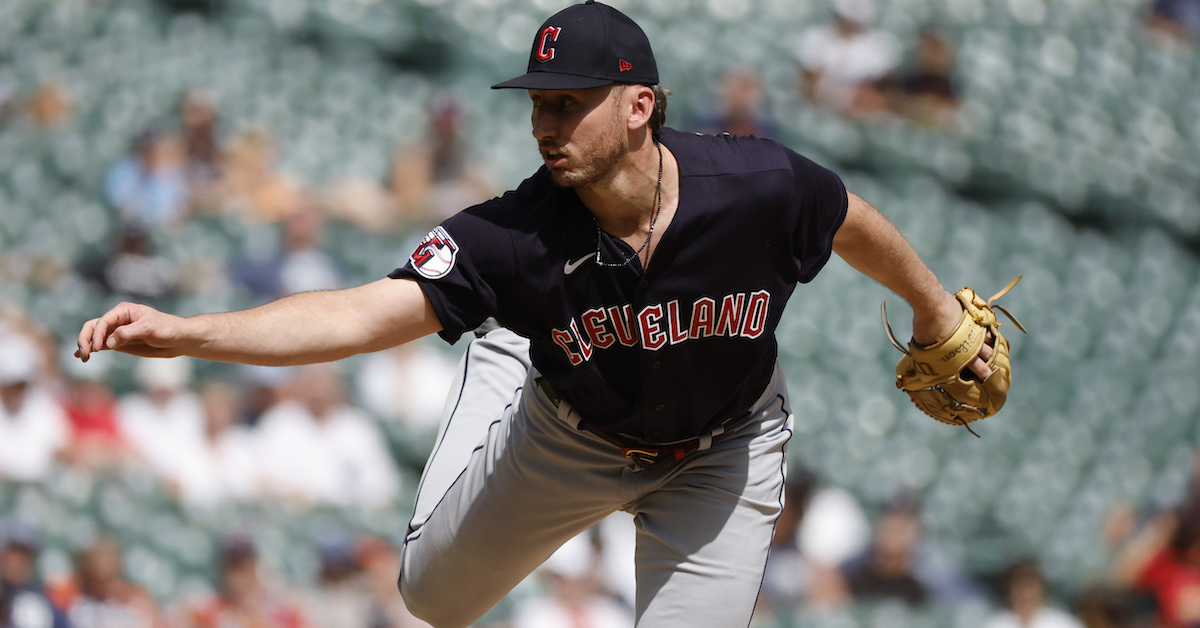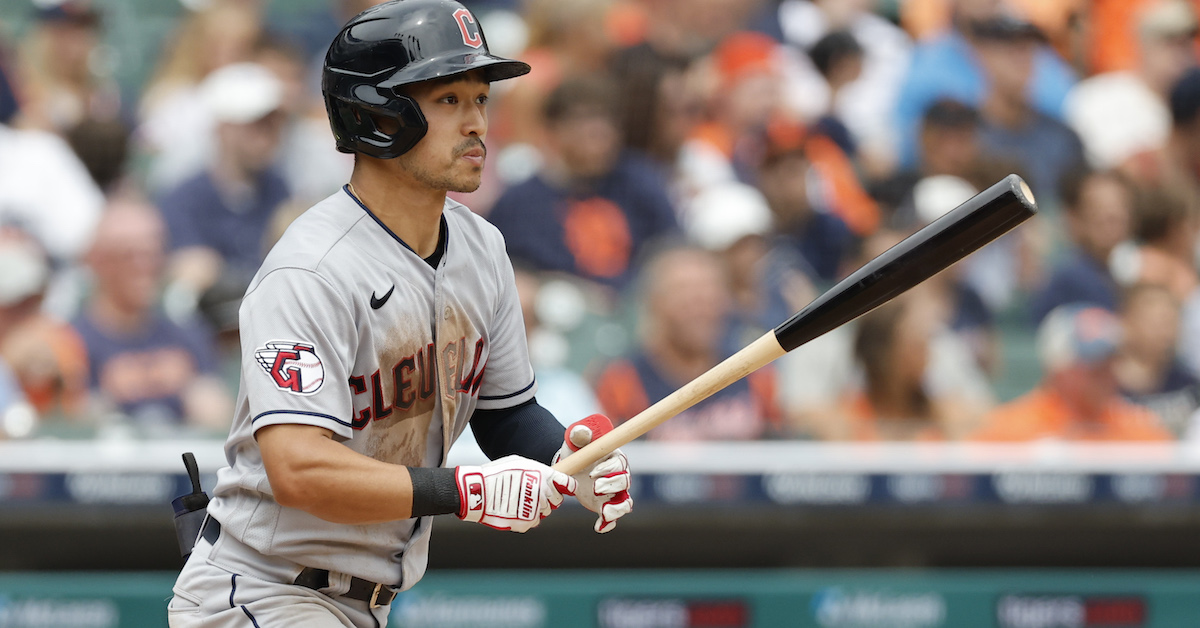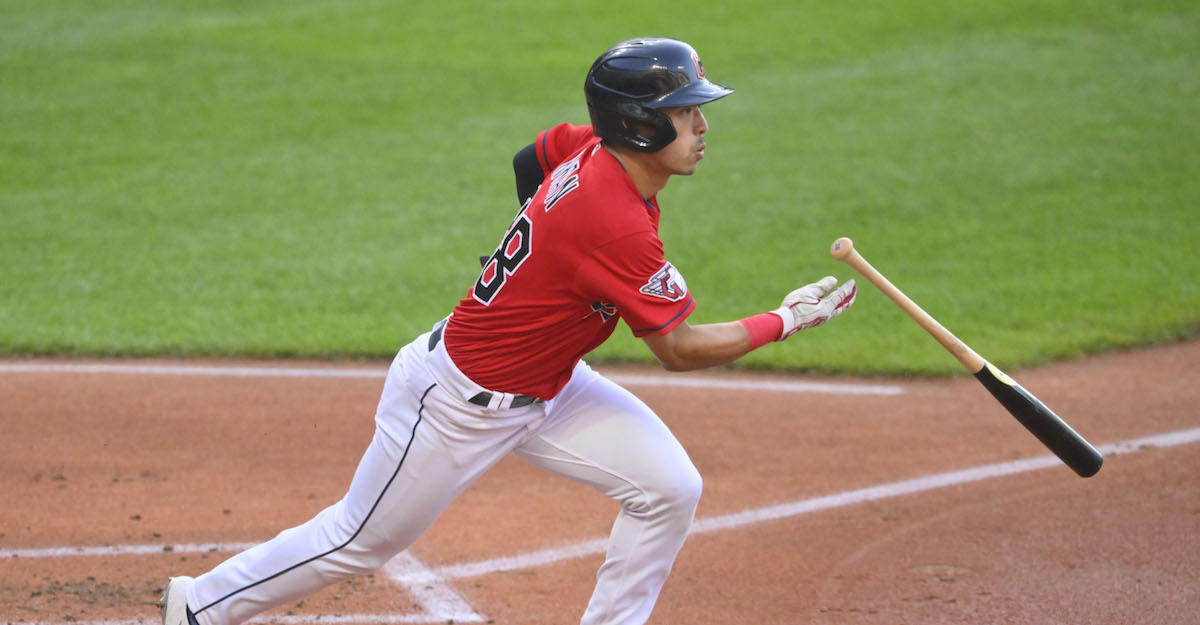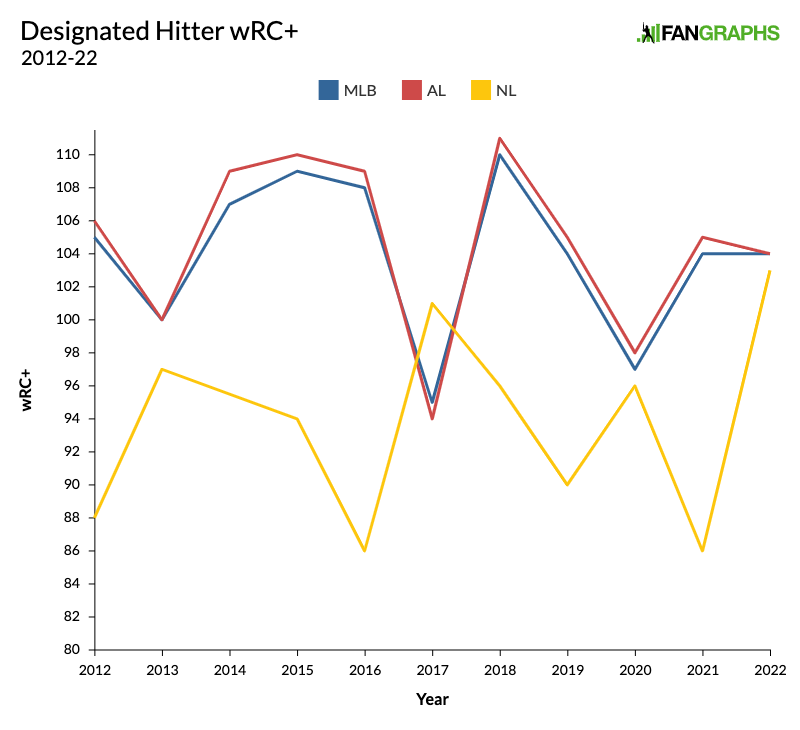Guardians Hitting Coach Chris Valaika on Going Through the Hiring Process

Most people who change employers and job titles go through an interview process, and Chris Valaika was no exception. A former big league infielder who’d been serving as the assistant hitting coach for the Chicago Cubs, and before that as their minor league hitting coordinator, he was carefully vetted before being hired as the hitting coach of the Cleveland Guardians last winter. What was that process like? He explained in an interview that was conducted earlier this summer.
———
David Laurila: You were hired by the Guardians last November. How did that come about?
Chris Valaika: “The interview process started a week or so after the season ended. I talked to [President of Baseball Operations] Chris Antonetti and then to [General Manager] Mike Chernoff. The one that really facilitated the process was Alex Eckelman, our director of hitting. We did phone to start and then Zoom with a couple of different groups. Tito [Terry Francona] was on one of them. There were some of our advance guys. There were Chris and Cherny. I also did an in-person interview with a couple of different groups. I talked to the player development department. I also worked with a hitter. I went through the whole gamut.”
Laurila: Can you elaborate on “worked with a hitter?”
Valiaka: “It was a mock. We went through the whole process of… basically, it was a workup of what I saw in the swing, and how I would address swing changes and approach.”
Laurila: This was from video?
Valaika: “Yes. And we did a mock of an in-person, as well — how I would interact in the cage to address certain things — which was to see my coaching voice, how I delivered information. We also went through advance reports and did a mock hitters meeting.
“With the hitter breakdown, it was basically me giving my 10,000-foot view of him approach-wise, bio-mechanically, things that I saw in the swing, and again, how I would address them.”
Laurila: Who was the hitter, and what did you see? Read the rest of this entry »









